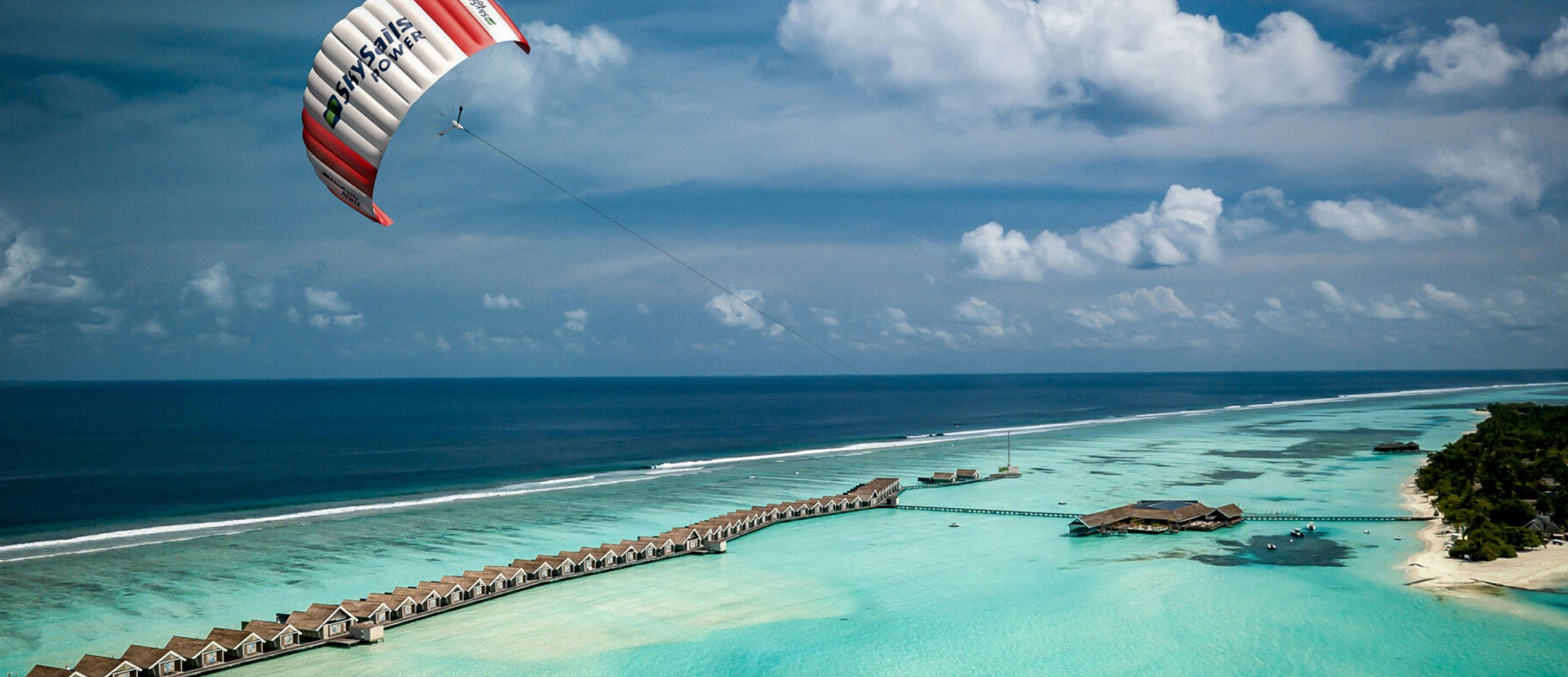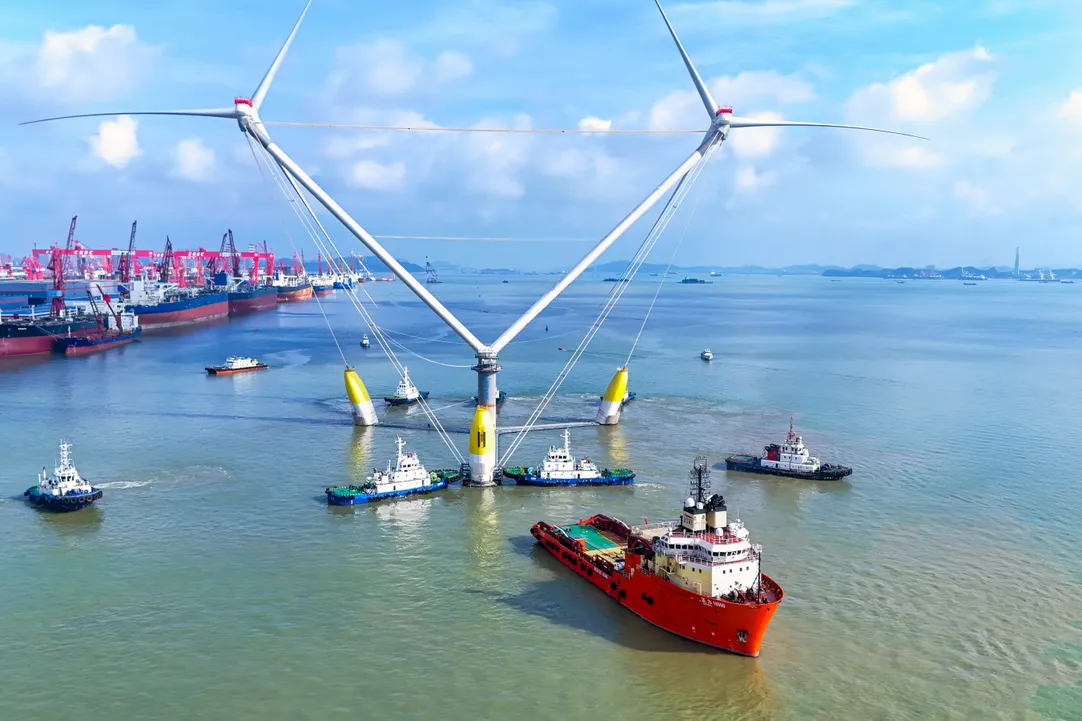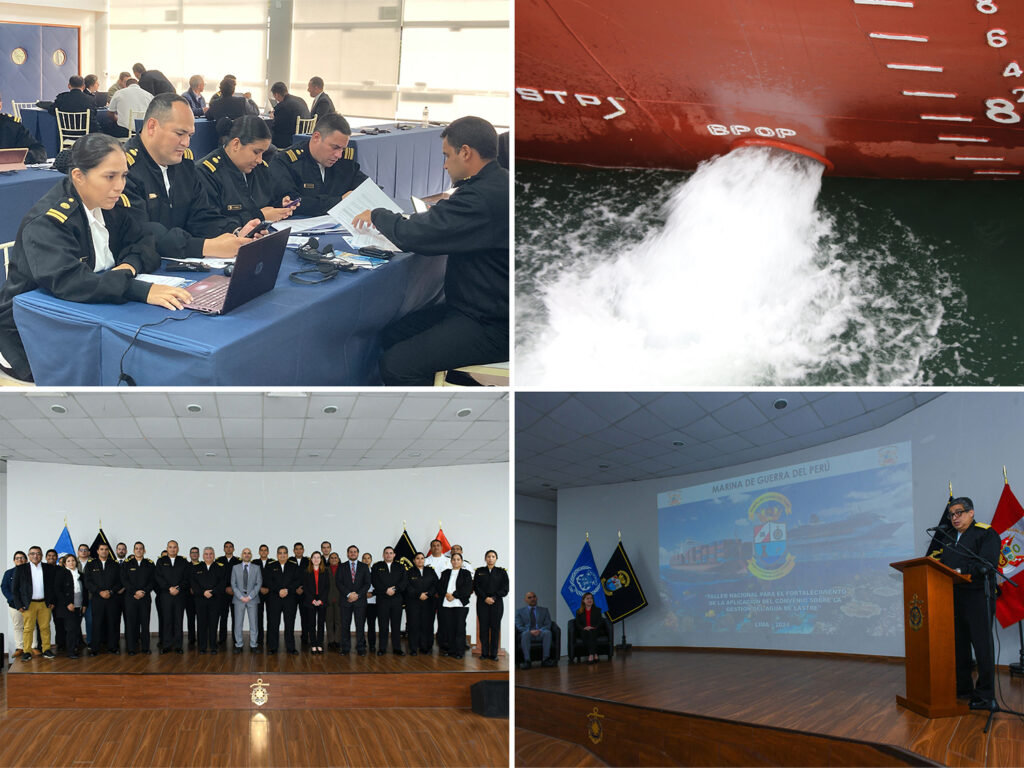By :Raúl Villa Caro
Secretary of EXPONAV
Airborne Wind Energy (AWE) systems are devices that use kites to generate wind energy.The operation of the system is simple, and is based on the following: the kite drags a cable connected to a device, which generates electricity in cycles of ascent and descent.
The EEA therefore makes it possible to take advantage of wind resources that are generally not exploited because they are located at high altitudes (which can reach up to 800 meters), in places where other alternatives are not viable or profitable. And, by the way, there is an unusual case in the Faroe Islands, an underwater kite capable of capturing the energy of the sea, the “Dragon 12”.
Introduction
Kite devices, compared to conventional wind energy devices used, can reduce the amount of material needed for their design by up to 90%.This is because kites, as opposed to wind turbines, generate energy without the need for foundations, towers, blades, rotors, etc.
“Law of speed cubed”
The main advantage that these systems present is that, by having to rise to find the wind, from 300 meters in height the turbulence produced by the terrestrial orography is reduced and, due to what is known as the “law of speed cubed”, the power that can be obtained from the wind currents existing at these heights increases exponentially.

Use of these systems on ships
Focusing now on the use of these systems on ships, in recent times an improvement in energy efficiency has already been carried out on some ships through the use of traction kites, although yes, as a complement to their propulsion. In this way, a reduction in fuel consumption has been achieved, and, therefore, a decrease in the level of emissions of harmful gases emitted into the atmosphere.

Airborne Wind Europe
It is the association that brings together the Airborne Wind Energy (AWE) sector. In Galicia, one of its partners is the Vigo company Head-Up, with a consolidated track record in the naval sector and also with different projects in the field of energy and innovation, which aims to establish a pilot project in Galicia based on AWES technologies.
“Airborne Wind Energy Conference (AWEC 2024)”
A few months ago, the “Airborne Wind Energy Conference (AWEC 2024)” was held in Madrid, the most important meeting in the sector, where you could enjoy the exhibition of a 40m2 real flying kite, from the Dutch company Kitepower, as well as a Spanish AWE system developed by the Carlos III University of Madrid and the company CT Ingenieros.
System operation
To understand how kites work, it is necessary to know the concept of a “wind window”, an imaginary area from a visual point of view where the kite can move.When handling the kite we must stand with our backs to the wind, so that the device should never fly behind our position
When the wind hits the kite, it generates traction, but depending on the angle or inclination that the kite has at that moment with respect to the wind and its travel speed, it will generate less or more traction power.
And right in front of the pilot and at mid-altitude, would be the area of maximum power. On the contrary, just above, at the point called “zenith” and on both sides, the kite will not exert pressure on our position, that is, they are the points of minimum power.
The movement of the kite is carried out with sharp turns in the shape of “eights” that pull the cable in the ascending movements. Once it reaches the zenith (upper point) it uses little energy to descend, and the cycle repeats itself.

First success story applied to ships
As already indicated, the first success story in this sector was achieved by the Skysails company, through an ingenuity made up of three main components: a traction kite with a tether for launching, a recovery system, and a control system. automatic operation. The kite emerged from the special controlled mast built in the bow of the ship.
A simple and safe device
It was a simple and safe device that could be installed on board as an auxiliary propulsion system on both new and existing vessels. In this system the kite rose up to 300 meters, thus taking advantage of the strong wind currents existing at that altitude and generating five times more propelling power per square meter of surface than conventional sails. Depending on the existing wind conditions, the ship could sail in combination with its main engines, thus alleviating their use.
Regular dynamic flight maneuvers in the air
An electronic control device regulated the whole, trying to position the kite in one area or another according to the needs at any given time: stationary ship, ship in navigation, anchored, etc. Directed by the control console, the tow kite performed regular dynamic flight maneuvers in the air, forward of the ship, to generate auxiliary propulsion. This traction force was transmitted to the vessel through a high-strength synthetic fiber towing mooring.
Advantages of this system,
A special cable integrated within this tether ensured the power supply and communication between the kite’s control console and the ship’s control system.
Regarding the advantages of this system, it should be noted that the kites themselves do not require masts on deck, which means they do not take up much space, nor do they hinder loading and unloading operations.
Furthermore, with their flight control systems, these devices can control their own speed, thus increasing the pulling force. On the contrary, its main drawback lies in its dependence on the wind.The absence of this, or its existence at low speed, obviously prevents the possibility of propulsion by the kite.

The AWES, current state of the EEA
In the last decade, aircraft have been used as devices to capture wind energy flying in areas with crosswinds. Subsequently, their energy is transmitted to the ground, so they could be considered a type of “captive drones.”
Drone systems
These peculiar “drone systems” are called in English “Airborne Wind Energy Systems (AWES)”. AWES are a still young technology, which brings together multiple concepts for the conversion of wind energy into electrical energy thanks to aircraft connected to the ground with a cable.
The two main concepts that define it are electrical generation on board the vehicle (“fly-gen”), or generation on the ground (“ground-gen”).

Cases in Spain : La Gomera and Galicia
From Galicia and the Canary Islands, some Spanish companies are becoming interested in these systems, opening a new field of activity for the use of wind energy, in places where the existing potential of wind resources is already known, and sometimes in locations with low population density.
The Carlos III University
The Carlos III University has established, in collaboration with the company CT Ingenieros (www.ctengineeringgroup.com), the first laboratory in the country to investigate these energies, and develop the first “yo-yo” type AWE machine (movements in eight) in our country, with a kite capable of generating a power of about 10 kilowatts.
Using this energy in the future
Additionally, AWE has signed an agreement with the Cabildo of La Gomera, in the Canary Islands, to implement a test center on the island in order to use this energy in the future, and in Galicia the company Head-up (https://headup .es/our-group/) attacks hard. There is a first approach to testing a system of wind kites within the sea, in the Punta Langostera experimental park, following the path of what has already been done with off-shore wind farms in other places.

Dragon 12, an underwater kite that captures energy from the sea
A Swedish company has designed a kite capable of harnessing tidal energy in the Faroe Islands, the “Dragon 12”. Although it is a very special kite, since it weighs twenty-eight tons and has a wingspan of twelve meters, which houses the main wing, a rudder, lifting propellers, a gear system, a turbine and an electric generator.
Tidal energy in the Faroe Islands
A Swedish company has designed a kite capable of harnessing tidal energy in the Faroe Islands, the “Dragon 12”. Although it is a very special kite, since it weighs twenty-eight tons and has a wingspan of twelve meters, which houses the main wing, a rudder, lifting propellers, a gear system, a turbine and an electric generator.

Therefore, the drone, which is more similar to an aircraft than a simple kite, mixes the principles of lift of an airplane and the figure-of-eight movements of a kite, to take advantage of the energy of ocean currents in the sea. It was put into operation in 2024, and has a capacity of 1.2 MW
Conclusions
For all these new devices to demonstrate their benefits, it will be necessary to have prototypes that provide real data on their operation and savings, both on ships and on land. For land installations, energy communities could be designed in rural environments, adding solar energy or other renewable energies to AWES.
Read More :
Raúl Villa Caro writes : The loss of propulsion in ships
Raúl Villa Caro writes:Deus, the mastermind behind Supertanker
Raul Caro write: Trade winds, Sea of Ladies and Manila Galleon





